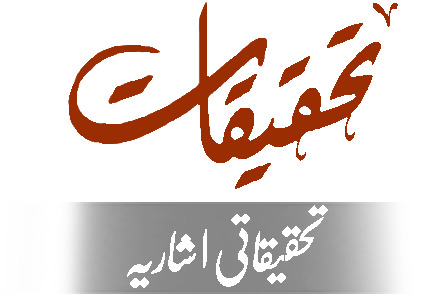تلخیص
Pakistan and India shared a common history, language and
cultural values, so the form of the film is also similar. The
biggest challenge for Pakistan film industry (Lollywood), since
partition in 1947, was to achieve a form that can formulate its
unique identity. Indian films had been facing an official ban
from 1960s to 2007, which initially had helped the local film
industry, as, in 1970s and 80s, it was producing more than 100
films per year. However, the ban had diminished the
competition and become the biggest reason of the decline of
Pakistani film. The number of films and their production value
had been deteriorating in the last two decades. In 2007, the
official screening Indian films have been allowed by Pakistani
authorities. It, on the one side, has damaged the traditional films,
“established cinema”, of Pakistan, and on the other side, it has
reactivated the old question of distinctive cultural face of
Pakistan. Simultaneously, the technology has been shifted from
analogue to digital, which have allowed young generation of
moviemakers to experiment with the medium, as it is relatively
economical. The success of Khuda Kay Liay (2007) and Bol (2011)
have initiated a new kind of cinema, which is termed as
“emergent cinema” by this research. This paper investigates
emergent cinema to define its elements and to establish its
relation with the established cinema of Pakistan. It also discloses
the link of emergent cinema with the media liberation Act of
2002, which has allowed a range of subjects.
Ahmad Bilal . (2017) Emergent Cinema of Pakistan, Bazyaft, Vol 30- 31, Issue 1.
-
Views
580 -
Downloads
210


